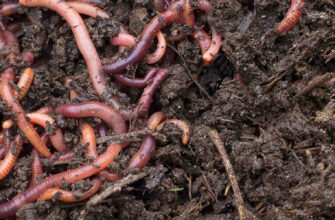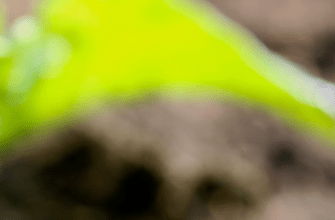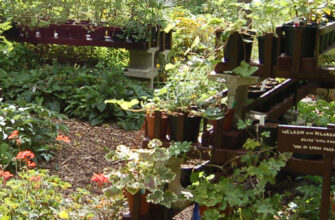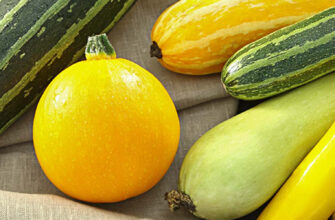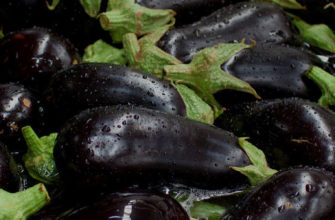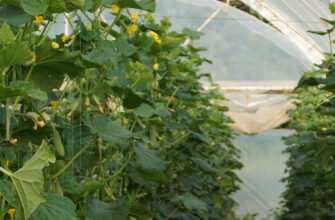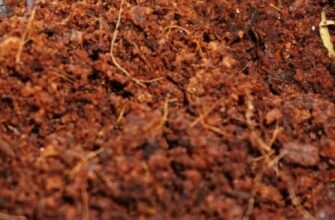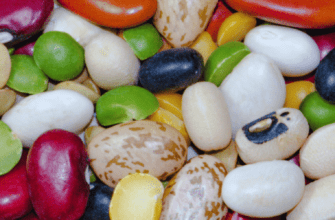Bumblebees (Bombus), close relatives of honeybees, are indispensable allies in modern agriculture. Thanks to their industriousness, ability to work in cool weather, and unique pollination techniques, they ensure high yields of vegetables, berries, and fruit crops.
In Eastern Europe, particularly in Ukraine, bumblebees have become popular for pollinating tomatoes, peppers, strawberries, and blueberries in greenhouses and open fields. In this article, we’ll uncover the secrets of using bumblebees, explore their biology, care, leading producers, and impact on agriculture.
Biology of Bumblebees: Why Are They Special?
Bumblebees belong to the order Hymenoptera, family Apidae, and genus Bombus. There are about 400 bumblebee species, most of which inhabit temperate regions of Europe, Asia, and North America. These social insects live in colonies consisting of a queen, worker bumblebees, and drones.
Unlike honeybees, bumblebee colonies are smaller (50-200 individuals) and have a shorter life cycle, ending in autumn. Their velvety hair cover helps them carry more pollen, and their ability to work at temperatures as low as +8°C makes them ideal for pollination in the cool climate of Eastern Europe.
Interesting Fact. Bumblebees employ a unique technique called “buzz pollination,” vibrating flowers to release pollen. This makes them essential for crops like tomatoes and blueberries, where honeybees are less effective. In Scandinavian folklore, bumblebees symbolize hard work and harmony with nature, while in Japan, they are used to pollinate premium-quality berries.
History of Using Bumblebees for Pollination
Until the 1980s, European farmers relied on hormonal treatments or mechanical vibrators to pollinate crops like tomatoes. In 1989, trials demonstrated that bumblebees increased yields by 25-50% compared to these methods.
Koppert Biological Systems (Netherlands) pioneered the commercial breeding of bumblebees, sparking a revolution in vegetable farming. By 1993, 90% of European farmers had adopted bumblebee pollination, and in Eastern Europe.
Benefits of Bumblebee Pollination
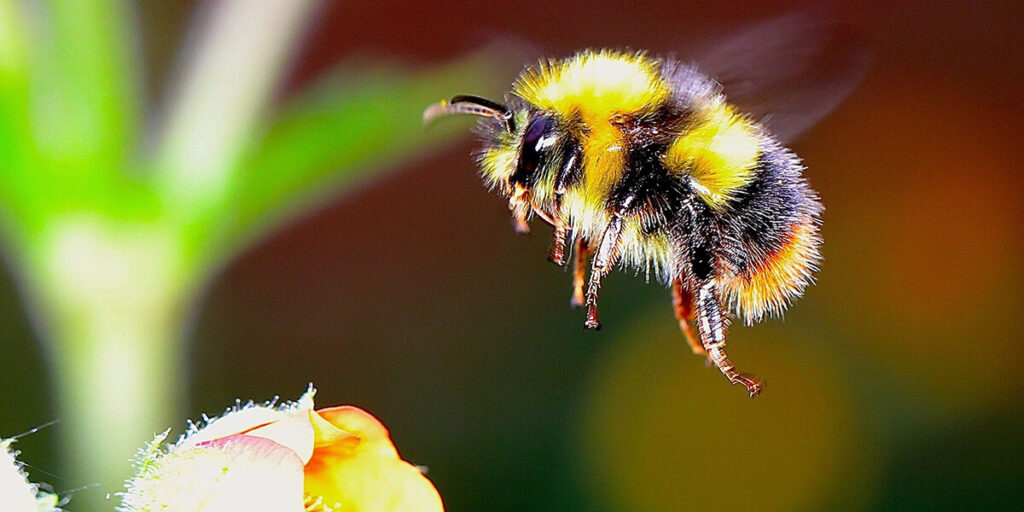
Bumblebees offer numerous advantages:
- Efficiency: Each bumblebee transfers more pollen than a honeybee, visiting up to 1,000 flowers daily.
- Weather Resilience: They work at +8°C, in cloudy conditions, and during light rain, ideal for Eastern Europe’s climate.
- Locality: They stay close to their hives, focusing on target crops.
- Economic Gains: Higher yields and better fruit quality reduce the percentage of substandard produce.
Examples of Yield Increases:
- Tomatoes (greenhouses): +25-45%, fruits 20-65% larger, higher vitamin content.
- Sweet Peppers: +30%.
- Strawberries (open fields): Berries 20-30% heavier.
- Blueberries: +17-32%.
- Seedless Watermelons: No yield without bumblebees.
Leading Bumblebee Producers
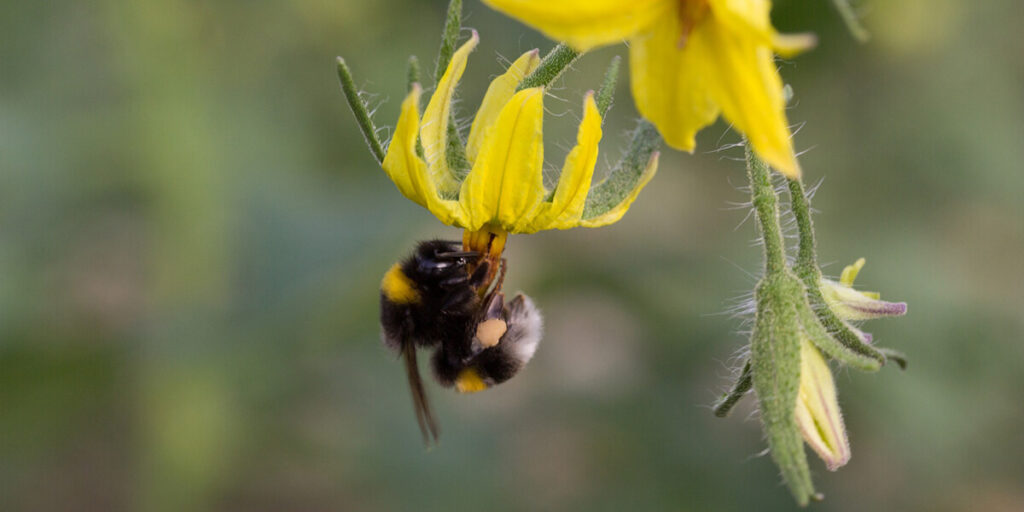
Commercial bumblebee breeding is dominated by a few companies:
- Koppert Biological Systems (Netherlands): The global leader, producing over 50% of bumblebee colonies. Their Natupol and Tripol hives are widely used in Ukraine for pollinating strawberries and tomatoes.
- Biobest Group (Belgium): Supplies bumblebees for greenhouses and orchards, active in Poland and Ukraine.
- Bioplanet (Italy): Specializes in pollination in warm climates.
- Andermatt Biocontrol (Switzerland): Focused on organic farming.
- Agrobío (Spain): Popular in the Mediterranean region.
- Bumble Bee Company (USA): A North American leader, exporting to Europe.
The Netherlands is the world’s leading producer of bumblebee colonies, with products exported to Eastern Europe, where demand grows due to expanding greenhouse farming.
Bumblebee Care
For maximum pollination efficiency:
- Hive Placement: Position hives 50-70 cm above ground in shaded areas to prevent overheating.
- Nutrition: In greenhouses, provide sugar syrup if natural nectar is scarce.
- Pesticide Protection: In the EU, neonicotinoids (e.g., imidacloprid) harmful to bumblebees are banned. Use biological alternatives like garlic extract or pyrethrum, and apply treatments in the evening when bumblebees return to their hives.
- Transportation: Hives weighing 1.5-3 kg are easily moved between plots, following crop blooming schedules.
Ecological Importance of Bumblebees
Bumblebees play a vital role in maintaining biodiversity, pollinating both agricultural crops and wild plants. In Eastern Europe, where climate change disrupts natural pollination with cold springs or dry summers, bumblebees ensure consistent yields. Their use supports organic farming, reducing reliance on chemical inputs.
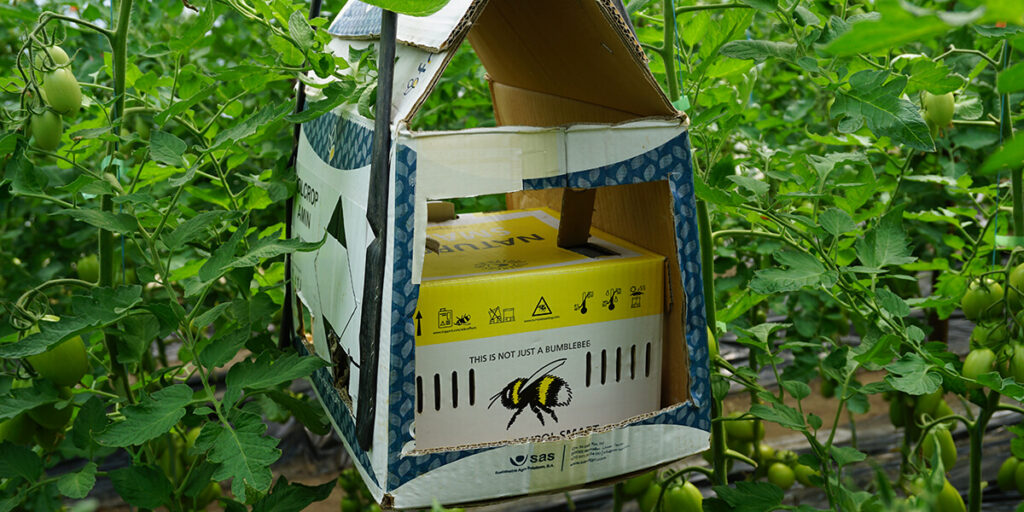
Cultural Context
In the Netherlands, bumblebees are central to greenhouse cultivation of tomatoes and peppers, enabling high-quality exports. In Ukraine, particularly in Western Ukraine, they are popular for pollinating early strawberries and zucchini in greenhouses. In Japan, bumblebees are used for blueberries exported to Europe. In Mexico, they enhance avocado quality for international markets.
Allergens
Bumblebee stings can cause allergic reactions, including itching, swelling, or, in rare cases, anaphylaxis. Individuals allergic to bee stings should wear protective clothing when working with bumblebees and consult a doctor.
Interesting Facts
- Bumblebees can recognize colors and memorize flower locations, making them “smart” pollinators.
- In Canada, bumblebees boost cranberry yields by 20%.
- In Eastern Europe, bumblebees are associated with eco-friendly farming, aligning with organic production trends.
Leading Producer Country
The Netherlands is the global leader in bumblebee colony production for pollination, driven by innovations from companies like Koppert and Biobest. Their products are exported to Eastern Europe, including Ukraine, where bumblebees are used in 95% of large greenhouse complexes.
If you have found a spelling error, please, notify us by selecting that text and pressing Ctrl+Enter.

